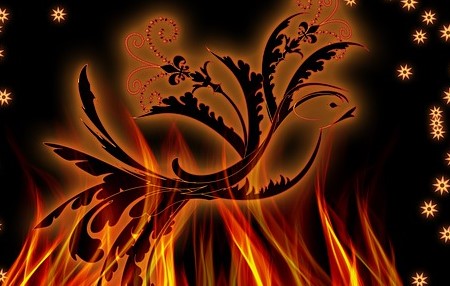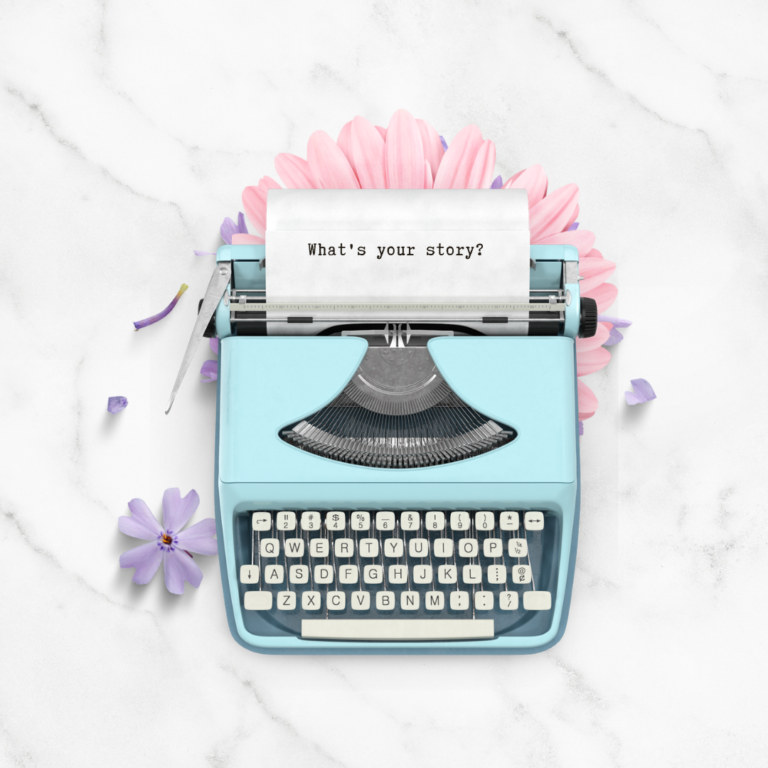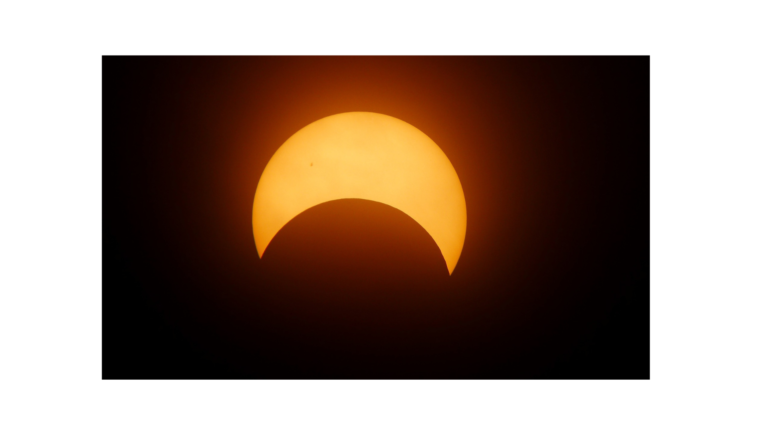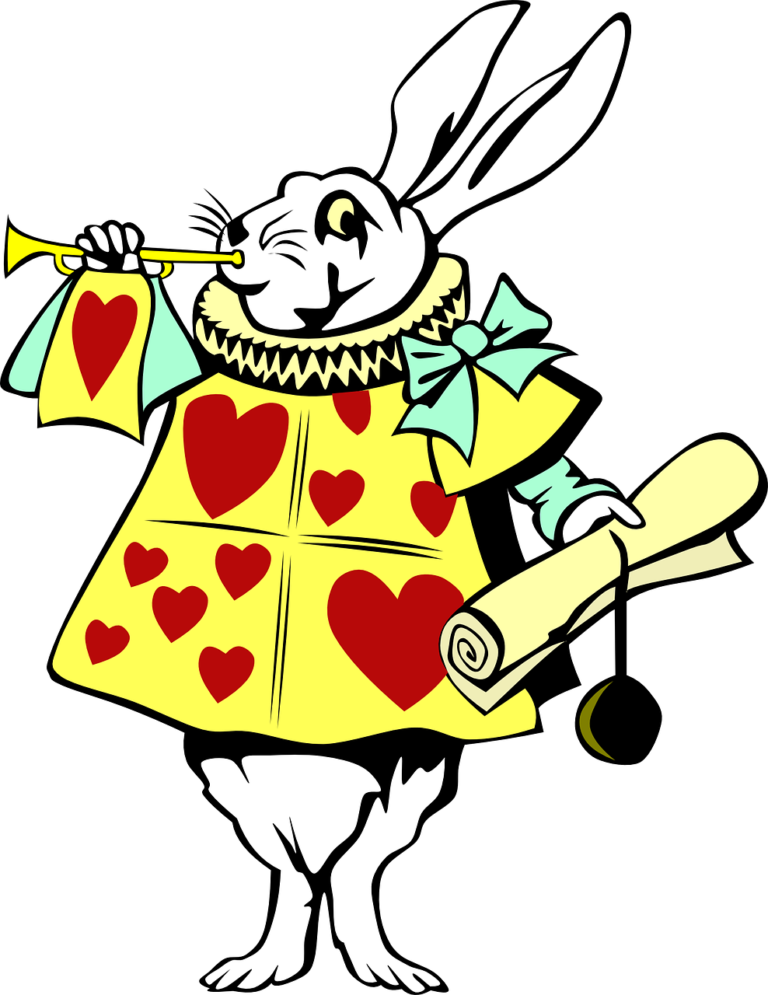
Do pain and art go together?
Take a look at the lives of artists, writers, musicians, poets.
Artists like Georgia O’Keeffe, Vincent Van Gogh, Edvard Munch.
Writers like Mark Twain, JK Rowling, Stephen King.
Musicians such as Michael Jackson, Christina Aguilera, Mary J. Blige, Ray Charles.
So very many others.
Creative types often come from painful backgrounds—broken homes, alcoholic parents, neglect, endangerment, abuse, are alcoholics themselves.
They’ve experienced depression, war, homelessness, near-death, death of a loved one, divorce, disease, bullying, or have been bullies themselves.
All the things.
Yet, out of all that sadness, they’ve emerged with a new vision to share.
They’re proof that trauma can sometimes lead to beauty.
They’re the phoenix rising from the ashes.

So which came first?
The pain or the desire to make art?
Many artists (and I’m including writers/musicians/artists in that category) take the creative path because of the trouble they’ve experienced.
They use their art to experiment with possible new outcomes, different perspectives.
It’s their way of saying, there’s beauty and life lessons in pain, all of which can be shared to help and enlighten others—while helping themselves at the same time.
If you’ve ever dipped your toe into the writing world, you’ve probably heard this: Write what you know.
I, for one, didn’t think I knew anything of interest to anybody.
I thought I couldn’t be a writer because my life wasn’t tragic.
At all.
My parents didn’t divorce when I was a kid, we weren’t poor, I didn’t grow up in a bad neighborhood, I was loved.
Do you need a traumatic background to be a successful artist?
Of course not.
But there’s no denying that people like to learn how human beings survive their ordeals and thrive.
So, if tragedy is not part of your past, first thank your lucky stars.
But we’ve all experienced some degree of pain and discomfort.
It may not be tragedy (and, again, be thankful), but your pain over a best friend leaving you is still pain.
Your anger at being passed over for the lead in the school play is still anger.
The terror you felt doing oral reports in high school is still terror.
The grief you felt when your hamster died is still grief.
If you’re writing a story about something you haven’t experienced first-hand, you can use the emotions you did experience.
Magnify them, if need be, to make them bigger and more dramatic.
Likewise, you can talk to your teachers, neighbors, the people who serve you coffee, the kid playing the accordion in the parking lot.
Listen to their stories.
Find their emotion.
Of course, you would never share someone else’s story verbatim or paint a realistic picture of their life without their express permission.
But let their stories mingle with your own.
Use your imagination, your empathy to create something new.
That’s alchemy right there.
An audience connects to emotion.
In books, it’s the push and pull of the main character as they disentangle themselves from chaos.
In painting, it’s the colors splashed on the canvas to show fear or love or pain or anger.
Isak Dinesen (Out of Africa) said, “All sorrows can be borne if you put them in a story or tell a story about them.”
Of course, if you’re dealing with tough issues right now that won’t go away, consider seeking professional help.
But if a simple guiding hand will do, try The Comfort Book.
It’s written by middle-grade author Matt Haig (The Midnight Library, The Girl Who Saved Christmas), who lived with severe depression in his 20s.
The Comfort Book is not for young readers to read on their own.
There are triggering stories and a smattering of language that might be offensive.
But an adult who has read it first could certainly share many of the ideas with their children.
The Comfort Book is 250 pages of “little parcels of hope,” ideas and thoughts that helped the author stop the lows from getting too low and uncontrollable.
One little parcel is titled “Growth.”
Haig writes, “We grow through hard times. Growth is change. And when everything is easy, we have no reason to change. The most painful moments in life expand us. And when the pain leaves, space remains. Space we can fill with life itself.”
That’s the recipe for a book.
In another parcel titled “Words (two),” Haig says, “Words are important….Words are seeds. Language is a way back to life.”
Don’t let pain sit.
Name it.
Share it.
Use it.
Use it to create light.
Have a happy week.
~Gail
Before you go, don’t forget to sign up for my mailing list, below:




